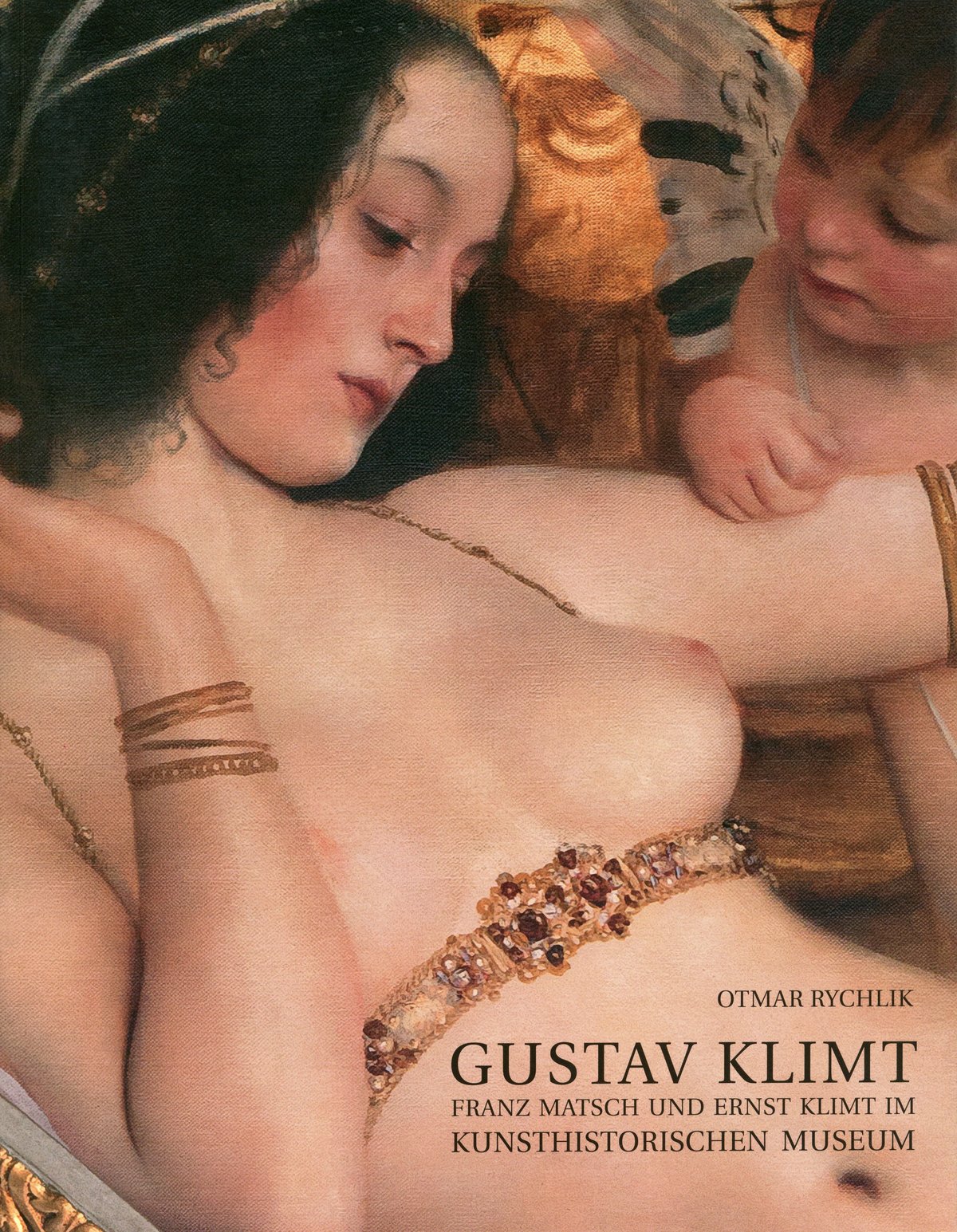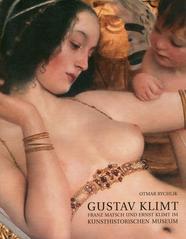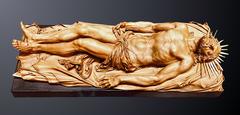
Kunsthistorisches Museum Vienna: Visiting Hours, Tickets, and In-Depth Guide to Vienna’s Premier Art Museum
Date: 14/06/2025
Introduction
The Kunsthistorisches Museum (KHM) in Vienna stands as a beacon of imperial history, artistic achievement, and architectural splendor. Established by Emperor Franz Joseph I in the late 19th century, the museum was created to house and showcase the Habsburg dynasty’s extraordinary collections, spanning millennia and civilizations. Its imposing Renaissance Revival architecture, lavish interiors, and world-class collections make it a focal point of Vienna’s cultural landscape and a must-visit destination for art lovers, historians, and travelers alike (KHM Official; Wikipedia).
This comprehensive guide provides all the essential information for planning your visit, including opening hours, ticketing options, accessibility, highlights of the museum’s collections, and tips for making the most of your experience at one of the world’s foremost art museums.
Table of Contents
- Introduction
- History and Foundation
- Architectural Significance
- Highlights of the Collections
- Visitor Information
- Nearby Attractions
- Frequently Asked Questions (FAQ)
- Conclusion
- References
History and Foundation
The Kunsthistorisches Museum was conceived as part of Vienna’s grand Ringstraße development—a testament to the Austro-Hungarian Empire’s modern ambitions and the Habsburgs’ centuries-long passion for art. With origins in the imperial collections of Rudolf II, Ferdinand of Tirol, and Archduke Leopold Wilhelm, the museum was constructed from 1871 and opened to the public in 1891, alongside its architectural twin, the Natural History Museum (KHM Official; Visiting Vienna).
The KHM’s collections, amassed over centuries, include paintings, sculptures, antiquities, and curiosities from across Europe and the ancient world, reflecting the dynasty’s taste, power, and cultural influence (Wikipedia).
Architectural Significance
Designed by Gottfried Semper and Baron Karl von Hasenauer, the KHM is a masterpiece of Renaissance Revival architecture. Its symmetrical sandstone façade, grand dome, and elaborate ornamentation celebrate both classical and imperial ideals (The Geographical Cure).
Inside, the grand staircase is adorned with murals and frescoes by Gustav Klimt, Ernst Klimt, Franz Matsch, and Hans Makart. The cupola hall and entrance sequence are designed to awe visitors, with marble, gold leaf, and sculptural embellishments highlighting Vienna’s status as a cultural capital (KHM Official; wien.info).
Highlights of the Collections
Picture Gallery (Gemäldegalerie)
The KHM’s Picture Gallery ranks among the world’s most important collections of European painting, particularly Old Masters from the 15th to 18th centuries (KHM Official; Vienna Tourist Information).
Notable Works
- Pieter Bruegel the Elder: The world’s largest collection, including The Tower of Babel, Hunters in the Snow, and Peasant Wedding (Austria.info).
- Titian: Danaë, Nymph and Shepherd.
- Rembrandt: Self-Portrait, The Artist in His Studio.
- Vermeer: The Art of Painting.
- Raphael, Caravaggio, Rubens, Velázquez, Dürer, Van Dyck: Masterpieces by these giants round out the gallery (WanderInEurope).
Kunstkammer Wien (Chamber of Art and Wonders)
A “museum within a museum,” the Kunstkammer showcases the Habsburgs’ passion for curiosities, luxury objects, and scientific marvels:
- Cellini’s Saliera: The legendary golden salt cellar, a masterpiece of Mannerist goldsmithing (Vienna Tourist Information).
- Ivory sculptures, automatons, and scientific instruments: Intricate works exemplifying Renaissance and Baroque ingenuity.
- Objects in amber, rock crystal, precious stones: Displaying craftsmanship and exotic materials (Austria.info).
Egyptian and Near Eastern Collection
One of the world’s most comprehensive, spanning 4,000 years—from predynastic Egypt to early Christianity (Vienna Tourist Information).
- Mummies, sarcophagi, and stelae: Including the famed Stele of Hi (WanderInEurope).
- Statues and reliefs: Representing pharaohs, gods, and daily life.
Greek and Roman Antiquities
Artifacts from the Bronze Age through the late Roman Empire:
- Votive statues and busts: Including emperors, deities, and heroes.
- Mosaics, pottery, jewelry, coins: Showcasing classical art and everyday objects (Explorial).
Imperial Treasury and Coin Cabinet
- Imperial regalia, crowns, robes: Including the Austrian Imperial Crown and treasures once thought to be the Holy Grail (KHM Official).
- Coin Cabinet (Münzkabinett): Over 700,000 objects, tracing the evolution of money from ancient Greece to modern Europe.
Visitor Information
Visiting Hours
- Tuesday–Sunday: 10:00 AM – 6:00 PM
- Thursday: Extended hours until 9:00 PM
- Closed on Mondays (except during summer months and special occasions)
- Always check the official website for up-to-date information.
Tickets and Prices
- Standard adult ticket: €21 (online), €23 (on-site)
- Discounts: Available for students, seniors, Vienna Card holders
- Children and youth under 19: Free admission
- Combo tickets and annual passes: Access to multiple museums and skip-the-line privileges (KHM Official)
- 7 Museums Pass: €53 for adults, €30 for those under 25
Accessibility and Facilities
- Wheelchair access, elevators, and ramps throughout the building
- Wheelchair loans available at the cloakroom
- Accessible tours and materials in multiple languages
- Free WiFi for visitors (KHM Official)
Guided Tours and Audio Guides
- Guided tours in multiple languages (book online or on-site)
- Audio guides available for rent or via the museum’s app
Location and Getting There
- Address: Maria-Theresien-Platz, 1010 Vienna, Austria
- Public transport: U-Bahn stations Volkstheater (U2, U3) and Museumsquartier (U2); tram lines 1, 2, D (Explorial)
Café, Shop, and Amenities
- Café-Restaurant beneath the dome: Traditional Viennese pastries and meals amid historic interiors (Culture Tourist)
- Museum Shop: Books, gifts, and art-inspired souvenirs
- Cloakroom and lockers: Free (coin deposit required for lockers)
Virtual Tours and Maps
- Interactive floor plans and virtual tours available online
- Digital collections for remote exploration (KHM Official)
Best Times to Visit
- Early weekdays and Thursday evenings are less crowded
- Spring and autumn offer comfortable weather and smaller crowds
Nearby Attractions
Centrally located on Maria-Theresien-Platz, the KHM is surrounded by other top Vienna attractions:
- Natural History Museum (directly opposite)
- Hofburg Palace
- MuseumsQuartier
- Vienna State Opera
- Belvedere Palace
These sites are easily combined with a visit to the KHM for a full day of cultural exploration (wien.info).
Frequently Asked Questions (FAQ)
Q: What are the Kunsthistorisches Museum opening hours?
A: Tuesday to Sunday, 10:00 AM–6:00 PM; Thursdays until 9:00 PM; closed Mondays (check for exceptions).
Q: How much are tickets?
A: Standard adult tickets are €21–23; discounts for students/seniors; under-19s free; combo tickets and passes available.
Q: Is the museum accessible?
A: Yes, with elevators, ramps, and accessible facilities throughout.
Q: Are guided tours and audio guides offered?
A: Yes; available in multiple languages, bookable online or on-site.
Q: Can I take photos inside?
A: Yes, but without flash or tripods; some exhibitions may restrict photography.
Q: What’s the best time to visit?
A: Early on weekdays or Thursday evenings.
Conclusion
The Kunsthistorisches Museum Vienna is not only a repository of world-class art and antiquities but also a living testament to Austria’s imperial legacy and commitment to cultural preservation. From the breathtaking architecture and Klimt-adorned grand staircase to the unparalleled collections spanning seven millennia, every aspect of the KHM offers inspiration and insight. Plan ahead by securing tickets online, utilizing guided tours or audio guides, and allowing time to appreciate both the masterpieces and serene café under the dome.
For more information, virtual tours, and up-to-date visitor tips, explore the KHM Official Website and consider the Audiala app for personalized audio tours and interactive maps. Continue your artistic journey by visiting nearby museums and historic sites, and make your trip to Vienna truly unforgettable.
References
- KHM Official
- Wikipedia
- Visiting Vienna
- The Geographical Cure
- wien.info
- Vienna Tourist Information
- WanderInEurope
- Explorial
- Culture Tourist























































































































































